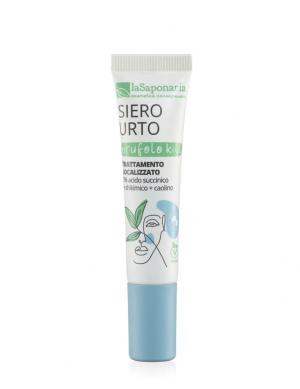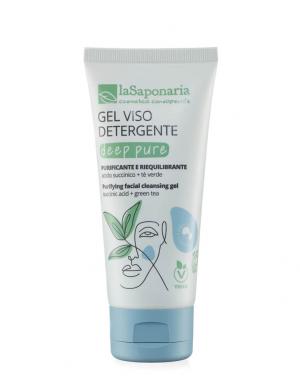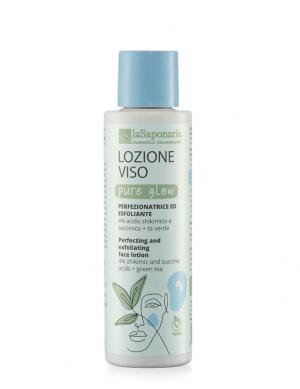Succinic Acid (Succinic Acid)
Other names: butanedioic acid
Harm score: 2 (Derivatives of natural substances)
Succinic acid, also known as butanedioic acid, is an organic compound belonging to the dicarboxylic acid group, described by the chemical formula HOOC-CH2-CH2-COOH. Unlike many other acids, succinic acid is a solid, white, odorless substance, and is therefore chemically very stable. It is mainly found in plants, especially amber, where it was first discovered and from where it also gets its name - from the word succinum, which is Latin for amber.
Amber acid finds a wide range of applications, especially in the food industry, where it is used as an acidity regulator and additive E363. It is contained, for example, in confectionery, lemonades, fruit juices and energy drinks. Due to its antioxidant properties, it is also an ingredient in many food supplements. In addition to food, succinic acid is also used in industry, for example in textiles, where it is used in dyeing and printing on textiles, and in the pharmaceutical industry, where it serves as an intermediate in the production of pharmaceuticals. It is also used in the cosmetics industry, where it is often used as an ingredient in skin and body creams, thanks to its ability to neutralise free radicals and promote the production of collagen, a compound that promotes skin elasticity and firmness.
Succinic Acid (Succinic Acid) can be found in the following products

SOS Acne Serum Brufolo Kill BIO (15 ml) - quick help for pimples
Product detail
Deep Pure BIO Facial Cleansing Gel (100 ml) - suitable for combination and oily skin
Product detail